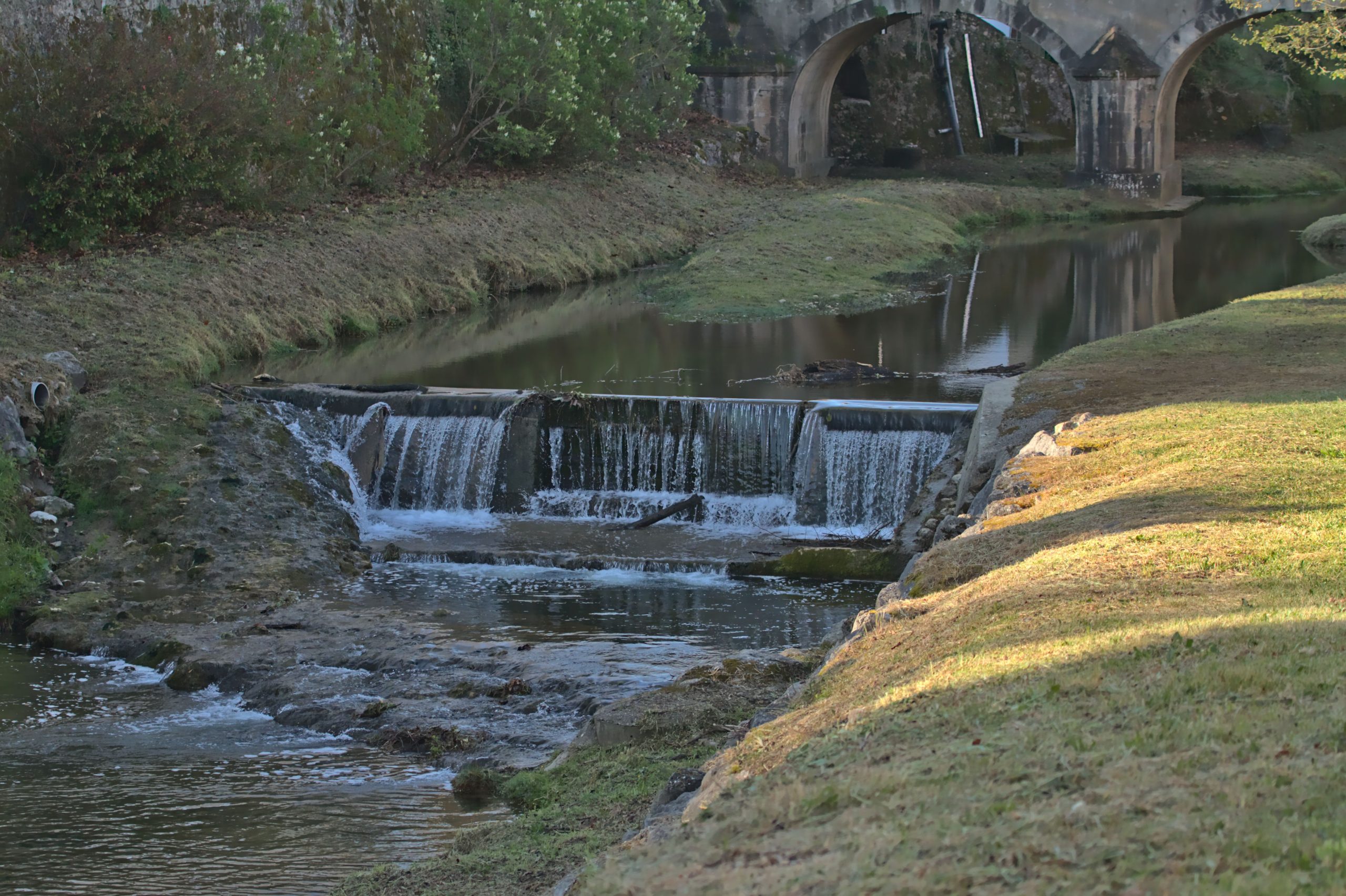Beyond individuals: the use of population epigenetics to inform environmental conservation, management and restoration
Simon Blanchet
Centre National de la Recherche Scientifique, Moulis, France
Epigenetic variation has recently been proposed as potentially useful and complementary for informing population health and structure of wild populations. Epigenetic variation may therefore be used for the management and conservation of wild populations, which I will discuss in this talk. I will first provide a brief overview of the characteristics that make this biological marker potentially relevant for applied perspectives, and detail the various potential applications. I will then focus further on the use of epigenetic variation observed among populations for inferring population structure, delineate relevant units of conservation and assess population connectivity. I’ll argue that epigenetic variation is particularly useful information if it is complementary (non-redundant) to information carried by genetic variation observed among populations. I will present fieldwork on fish populations, as well as a meta-analysis covering both plant and animal populations to (i) demonstrate that epigenetic variation is often tightly linked to genetic variation in the wild and (ii) discuss the conditions under which epigenetic variation may be a relevant source of information. Finally, I will provide general guidelines and a critical discussion on the use of epigenetic variation for operational objectives. Overall, this talk aims to consider epigenetic variation beyond its impact on individual development and generate an open discussion on how we should consider this novel source of information for conservationists and managers.

The image illustrates a barrier (weir) on which we work; this type of barrier limits gene flow. This type of barrier is therefore supposed to increase genetic differentiation of populations living above and below the barrier, but also epigenetic variation since habitats are different below and above the weir, which may favour developmental plasticity (through epigenetic changes). We hypothesize that epigenetic variation could be a relevant marker to infer the global impact of this type of obstacle on fish populations, which is useful for managers in charge of river restoration.









You must be logged in to post a comment.